Shower Chairs for Home Safety and Independence
Shower chairs promote hygiene by providing comfort, security, and ease while bathing independently or with assistance.
Get insurance benefits, legal documents, and medical records in one place
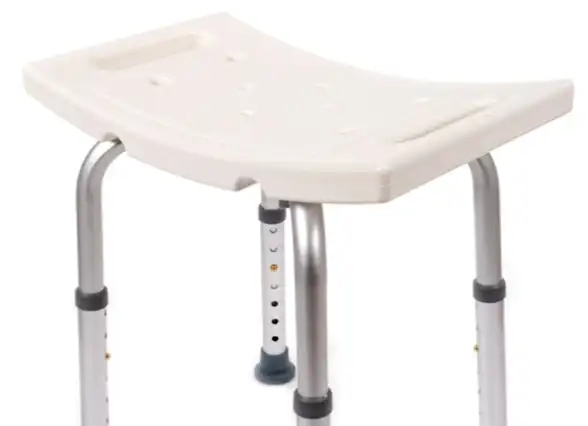
Helpful Highlights
Shower chairs come in many styles and sizes for use in standing showers or tubs, including chairs that facilitate transferring in/out of the tub or shower.
Standard shower chairs accommodate up to 300 lb. and bariatric shower chairs accommodate up to 500 lb.
Shower chairs can help in bathing your loved one with dementia.
Shower chairs can be purchased from most drug and department stores, durable medical equipment suppliers, and online.
For loved ones who have difficulty with transferring and/or supporting their own body weight for prolonged periods due to generalized weakness, pain, arthritis, or unsteadiness, they may rely on you to assist them with bathing. Especially if you are the only one assisting your loved one, you both run the risk of injury. Back strain and falls occur most frequently for caregivers and their loved ones during transfers, and these most often occur in the bathroom.
Even for persons with excellent mobility, the shower or tub can present a fall risk because of slick surfaces and confined space. This is why non-slip adhesives are recommended inside the tub or shower and non-slip bath mats are recommended outside the tub or shower. However, for older adults with mobility, balance, or strength issues, more assistance is needed. Shower chairs increase comfort and safety, and can actually increase care efficiency and effectiveness.
Shower chairs are intended to ease the physical demands associated with showering or bathing. They decrease the fall risk associated with prolonged standing in the shower. They also elevate your loved one out of the tub so they are not sitting at ground level. This makes it easier to enter and exit the bathing space. There are many types of shower chairs in a multitude of configurations.
SAFETY: When using a shower chair that sits across or in the tub, do not fill the tub more than one-third while the shower chair is in place, and be sure to drain the tub before your loved one rises from the shower chair.
Different types of shower chairs
While some sit across the tub and use the tub sides for support, most sit on adjustable legs inside and on the floor of the tub or shower, and may or may not have backs.
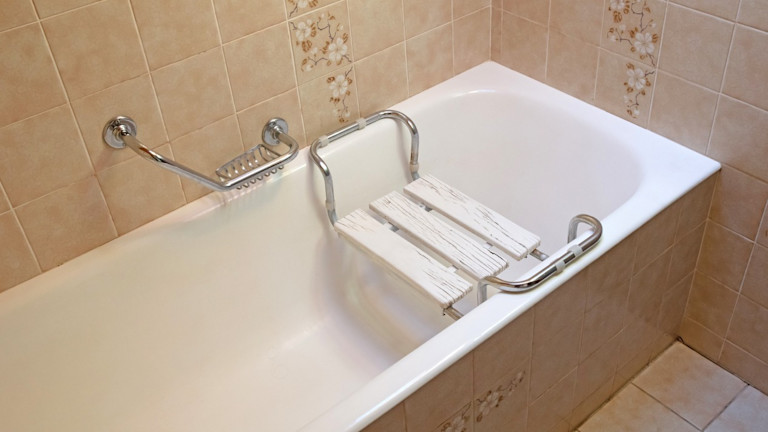
Some sit both inside and outside the tub or shower, easing transfer in and out by scooting or sliding, and some turn/pivot.
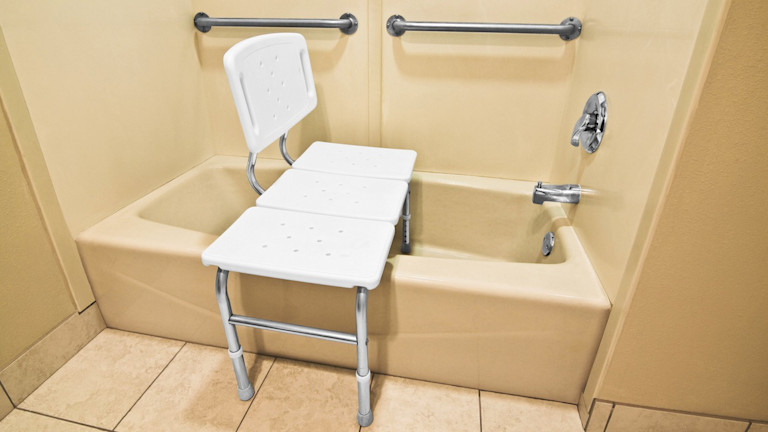
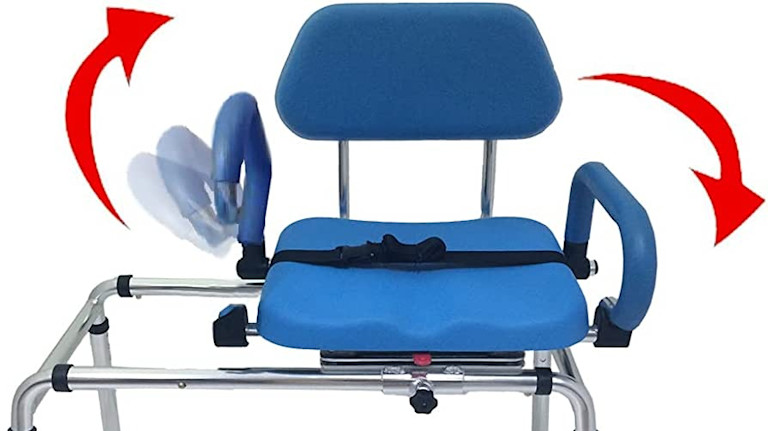
Some have wheels for rolling in and out of the shower.
Some have cutouts for toileting and some have cushions for fragile skin.
Some can be bolted directly to the shower wall for permanent placement (and many flip up and lock when not in use).
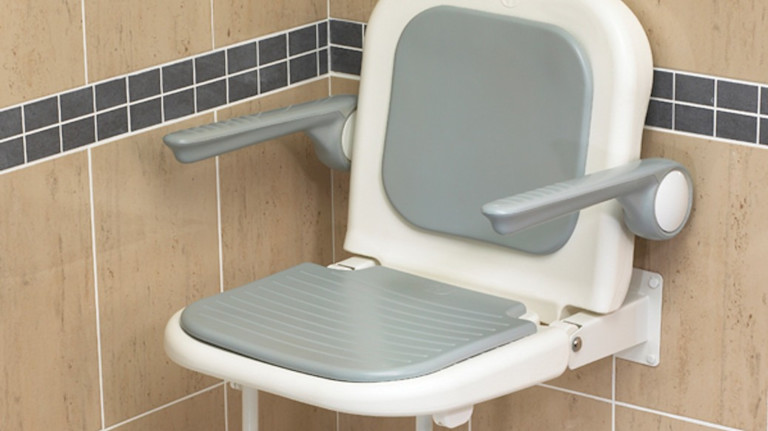

SAFETY: Be sure to follow all manufacturer’s instructions regarding height/width adjustment and appropriate placement/installation of the shower chair.
Shower chairs can help with dementia
Furthermore, shower chairs are useful in comforting loved ones with dementia who may begin to fear and resist bathing. Shower chairs facilitate easier use of handheld showering devices, because the handheld moves and not the person. This is beneficial for our loved ones who no longer enjoy water raining on them from a shower head or being fully submerged in the tub. With a shower chair, the tub can be filled with a shallow amount of water, allowing them to soak their feet without submersion.
No content in this app, regardless of date, should ever be used as a substitute for direct medical advice from your doctor or other qualified clinician.
Get more support and guidance on insurance benefits, medical records and legal forms.
Helpful brings together your insurance benefits, legal documents, and medical records in one personalized place — so you always know what you have, and never have to search again.

Technology for Health Tasks. Mental Health for the Tough Stuff.
Helpful connects your medical records, insurance, and caregiving tasks automatically. And when you need more than logistics, a therapist is here to guide you.
In-Network and Covered
For Individuals, Couples and Families
HIPAA Compliant, Data Stays Private






